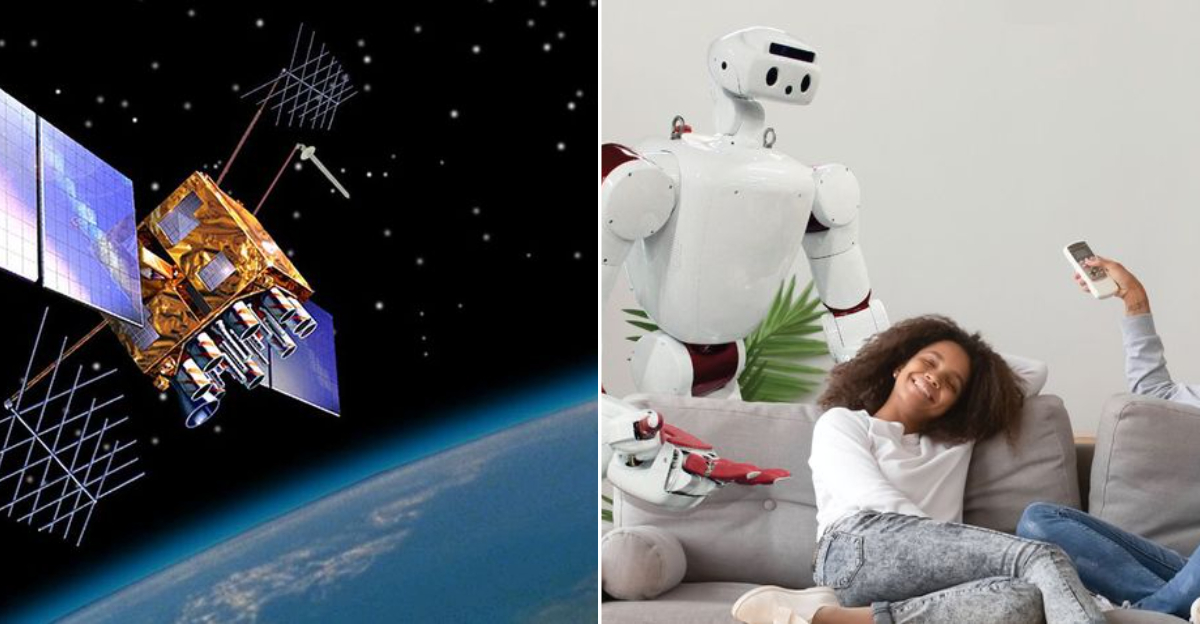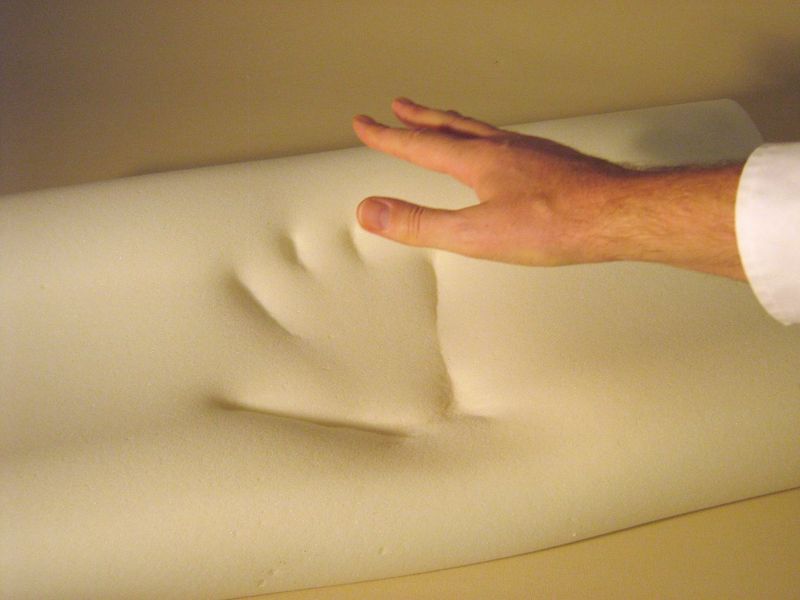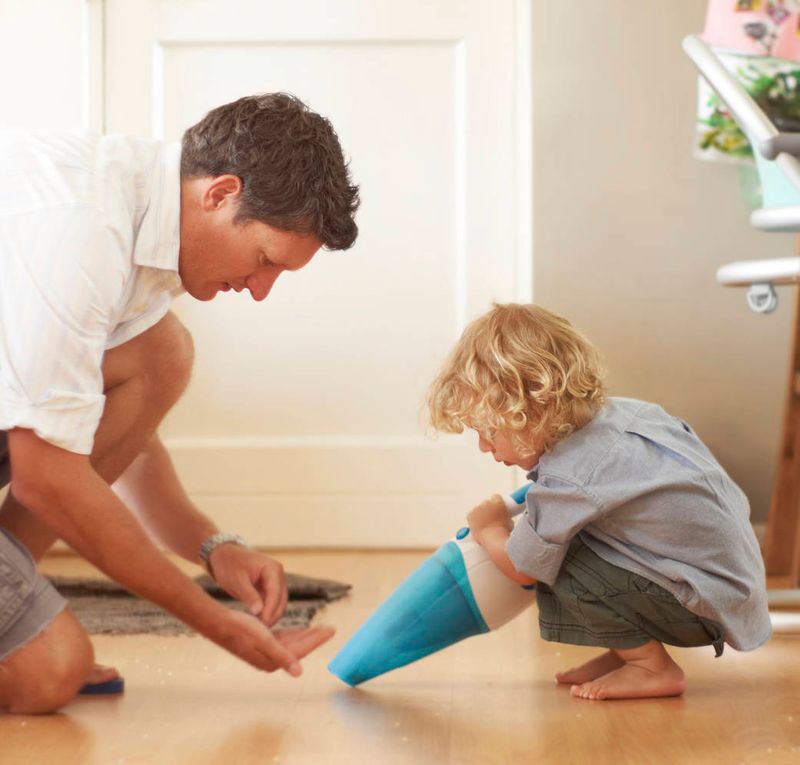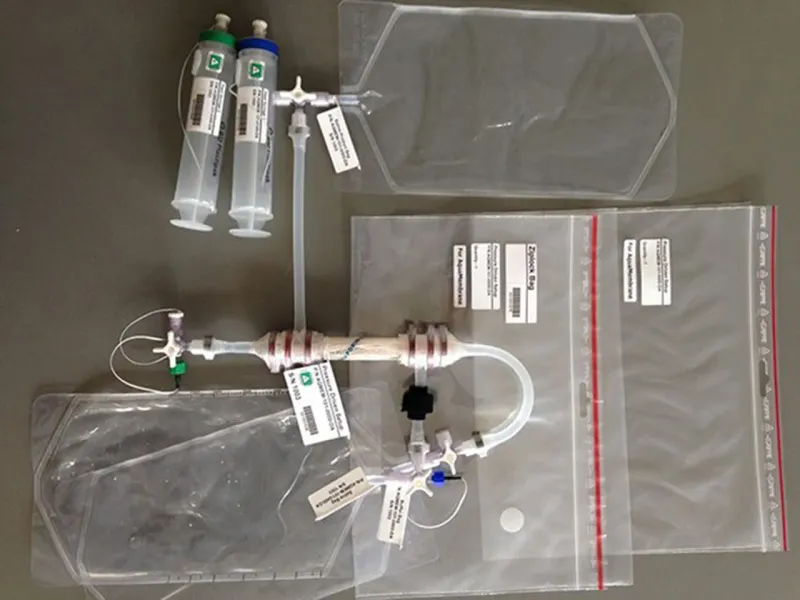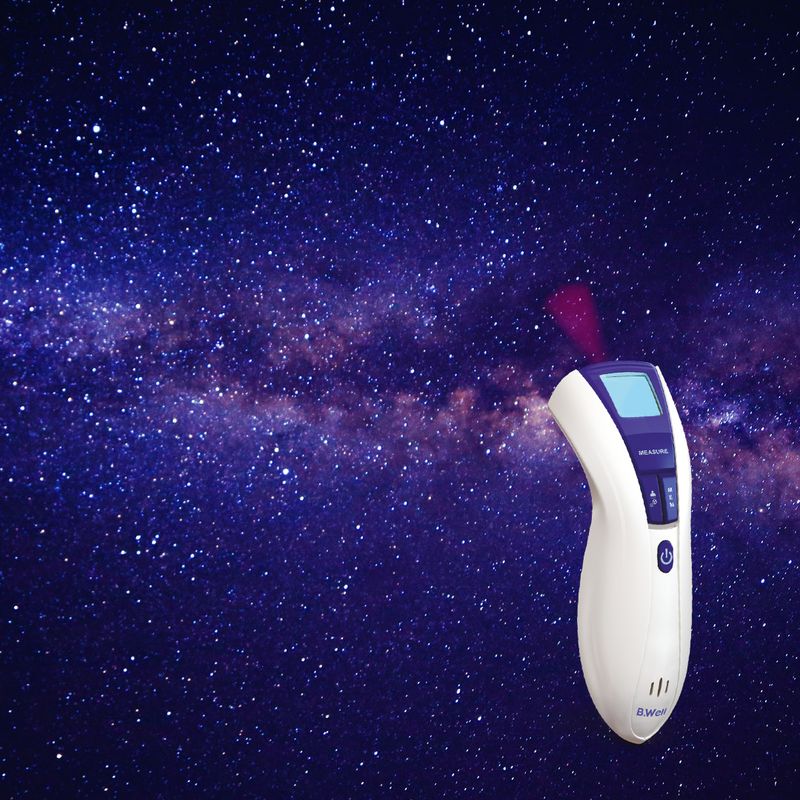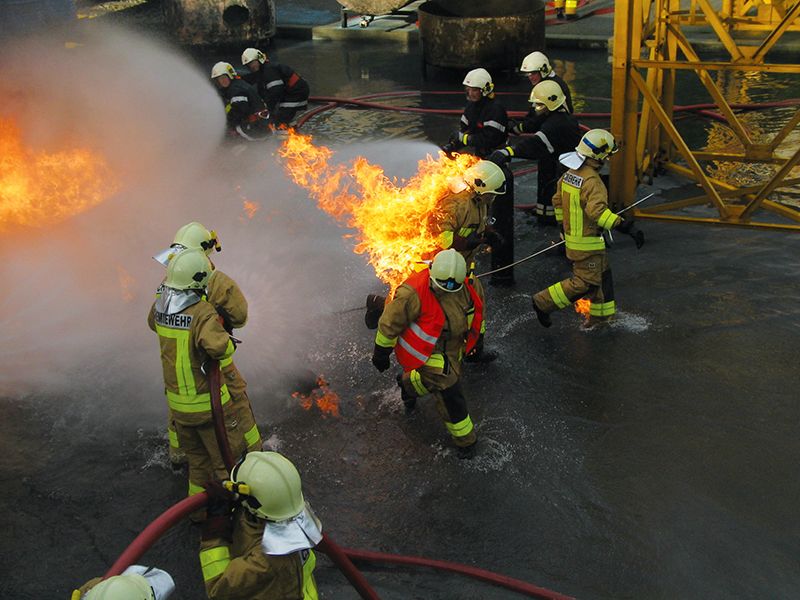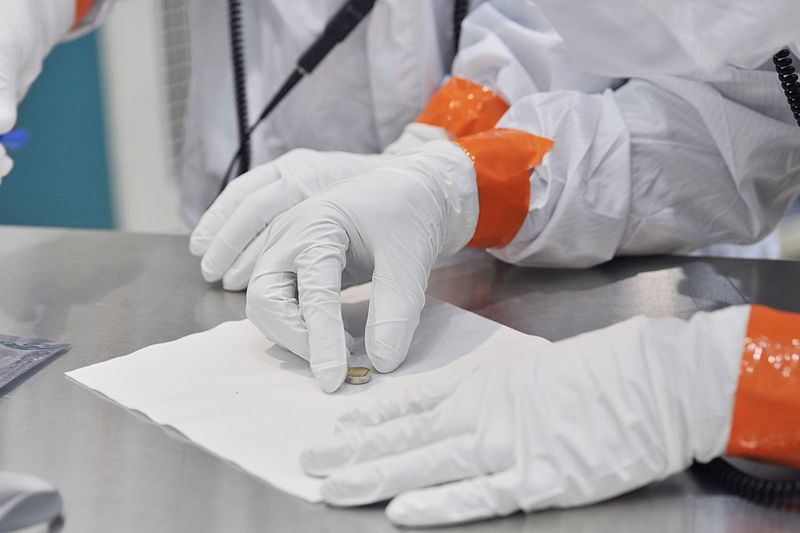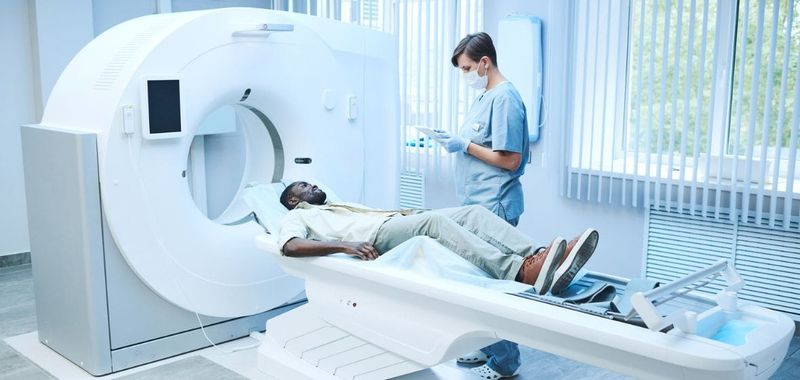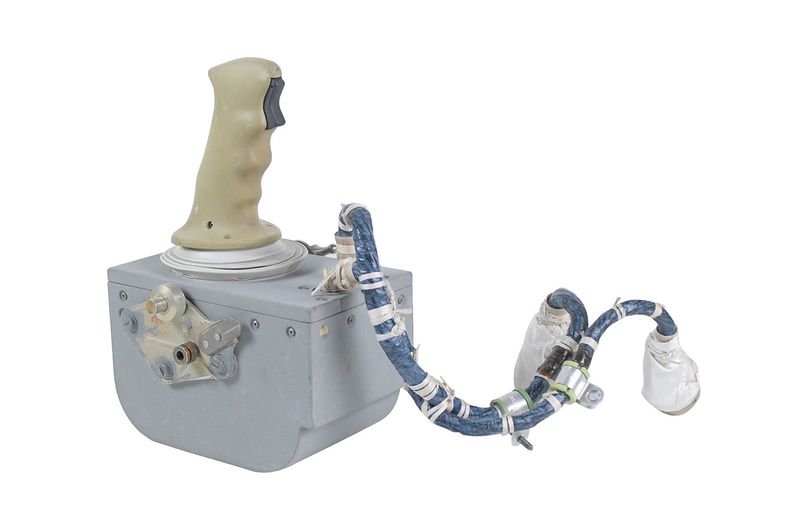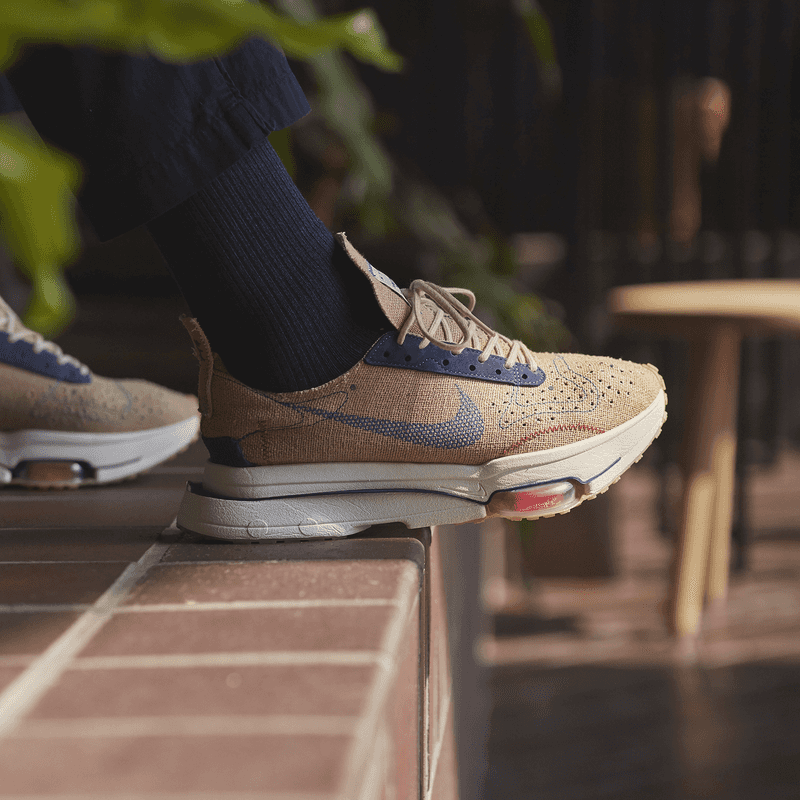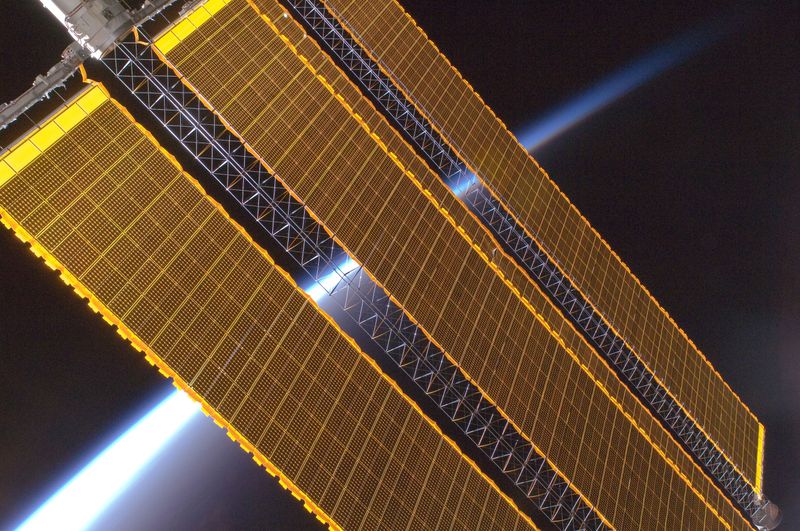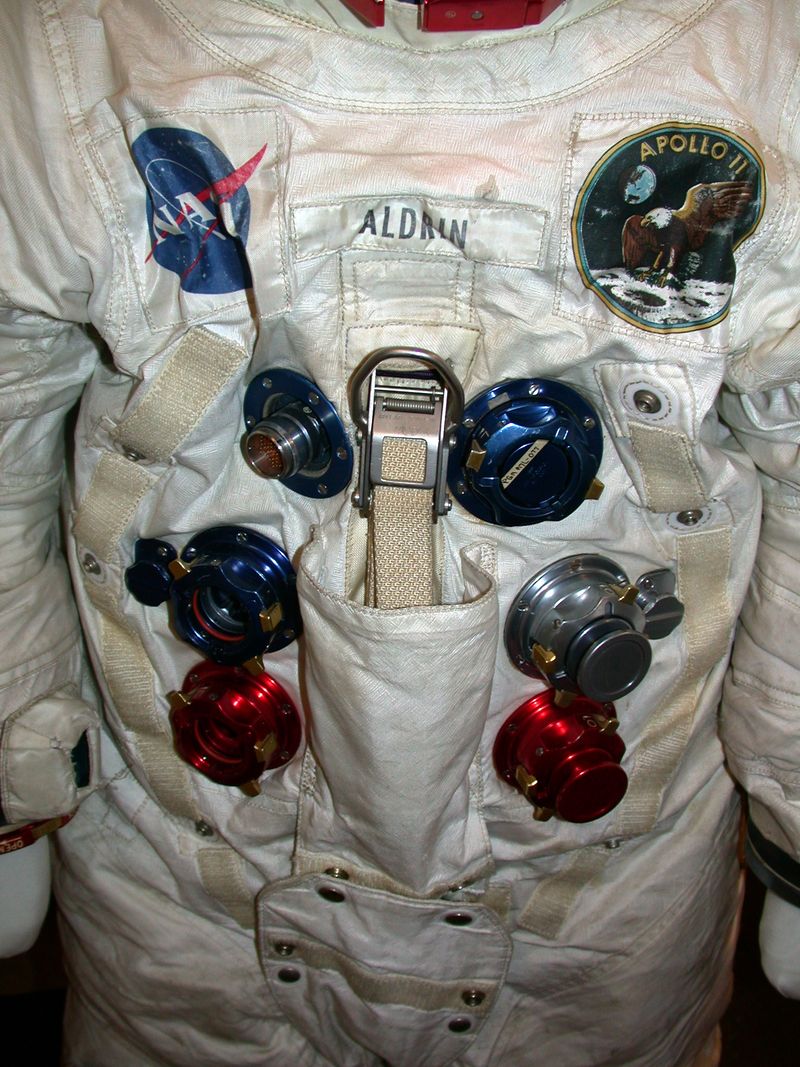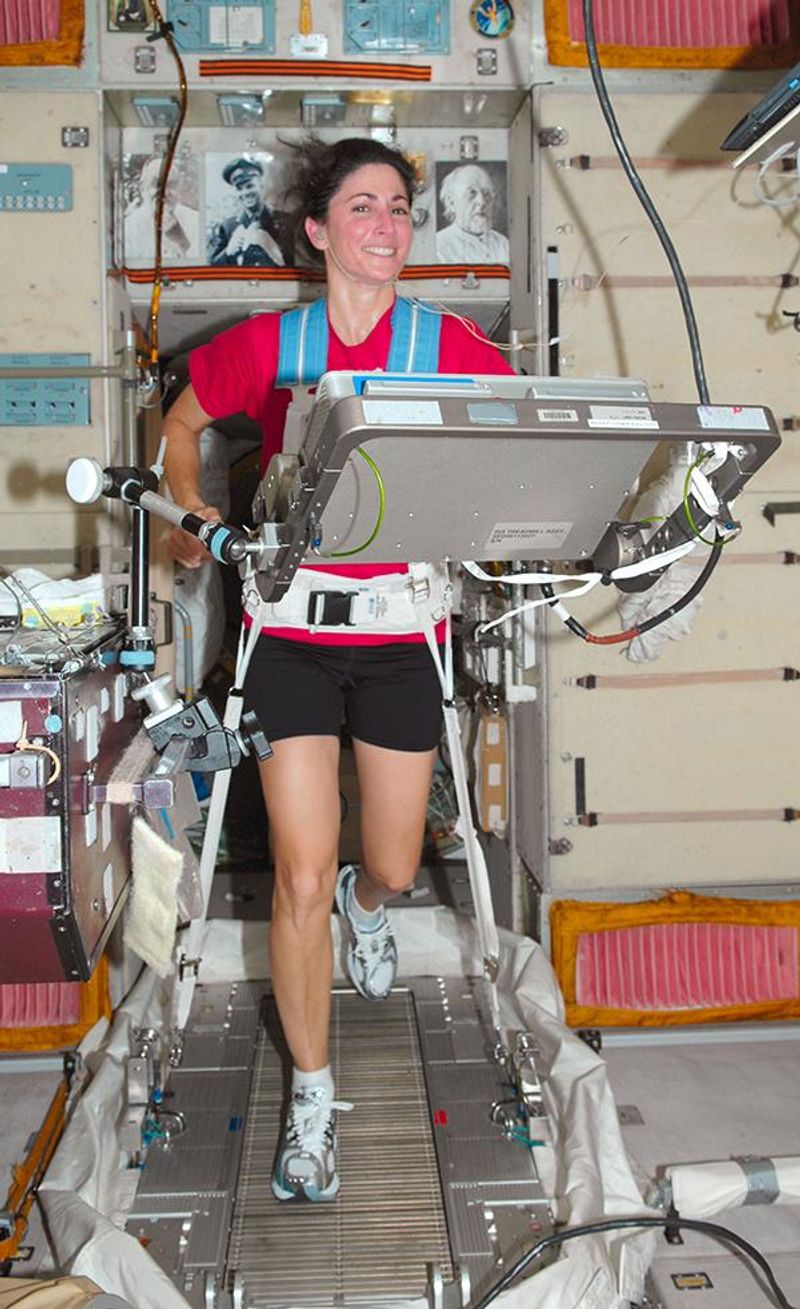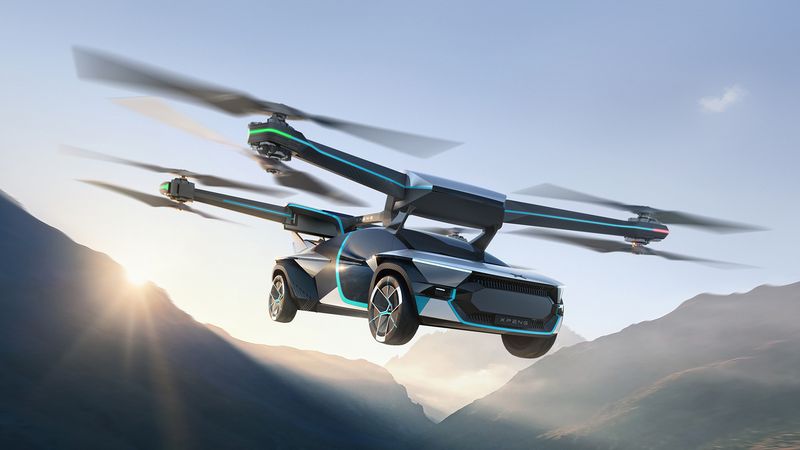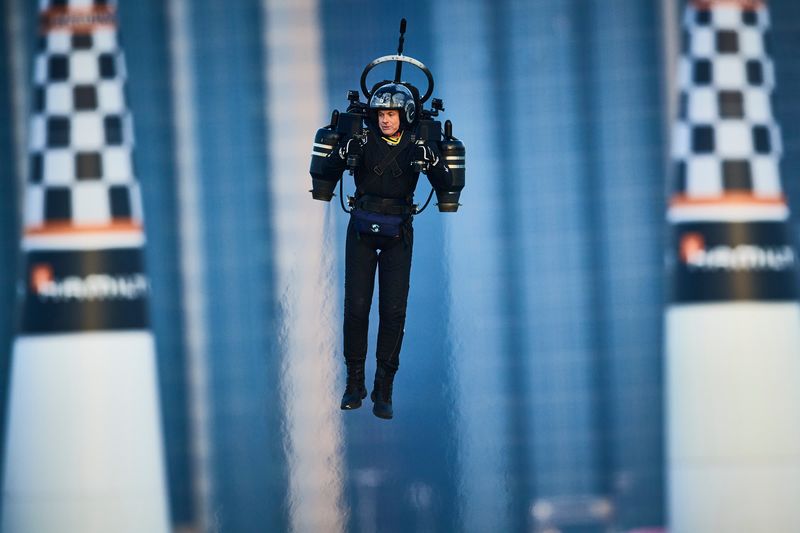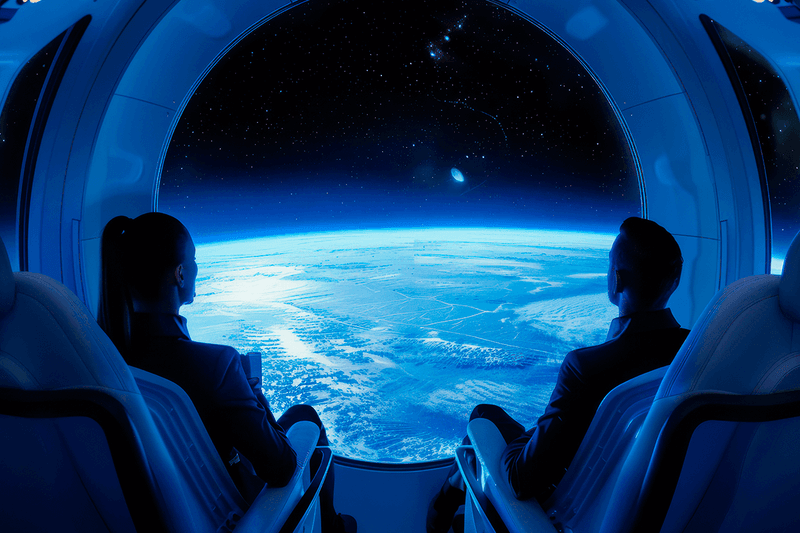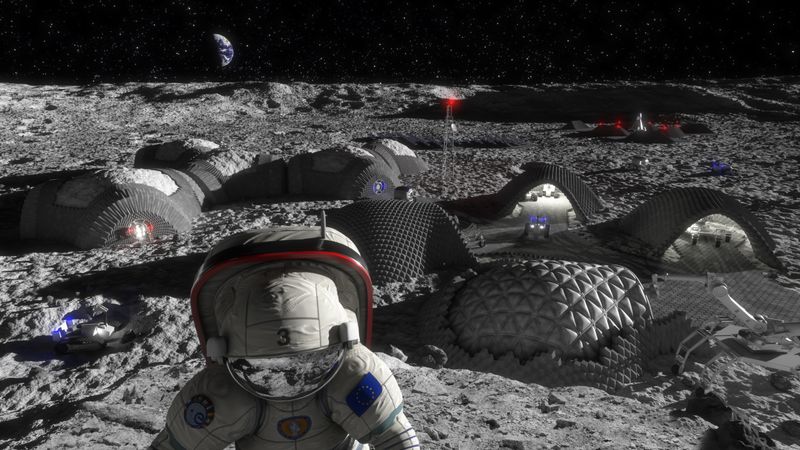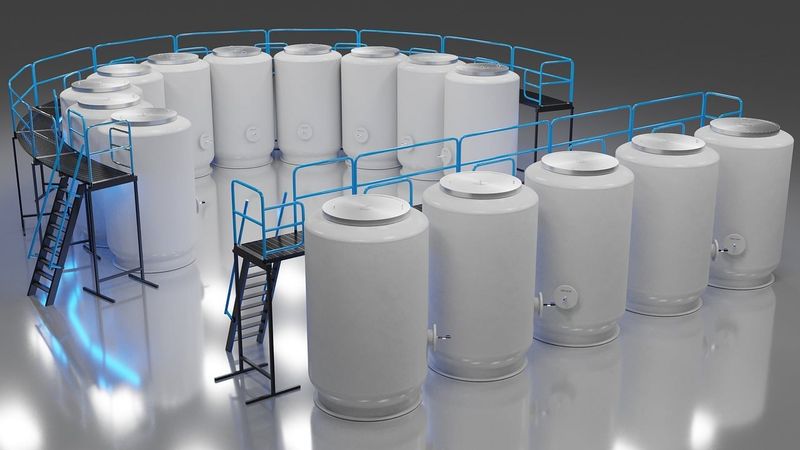The Space Age didn’t just put humans on the Moon—it jumpstarted a wave of futuristic thinking that gave us everything from memory foam to Mars rovers. Some of these inventions became part of everyday life. Others still feel like science fiction. Here are 30 mind-blowing ideas born from the race to space—some we use daily, others we’re still dreaming about.
1. Memory Foam
Originally designed by NASA to cushion astronauts during launch, memory foam is now a staple in mattresses and pillows across the globe. Its unique ability to conform to the body, offering unparalleled comfort and support, has revolutionized the way we sleep.
The technology was first developed in the 1960s, aimed at improving seat cushioning and crash protection for airline pilots and passengers. Its success in space shuttle seats paved the way for widespread consumer use. Whether in hospitals, homes, or hotels, memory foam’s impact is undeniable.
2. Satellite Television
Space missions popularized satellites, which later brought global communications—and the golden age of channel surfing. Satellite television transformed entertainment by providing access to international programming and live broadcasts.
Before satellites, TV signals were limited to terrestrial broadcasts, constrained by geography. The launch of communication satellites extended the reach of television to remote areas, breaking down barriers and connecting the world like never before. From watching live sports to global news, satellite TV has become integral to modern life.
3. Cordless Tools
NASA developed battery-powered drills and screwdrivers for use in zero gravity. Today, they’re in every garage. Cordless tools have become indispensable in modern construction and DIY projects, offering unmatched convenience and flexibility.
The challenge of creating tools that could operate in the vacuum of space led to innovations in battery technology and motor design. These advancements trickled down to consumer markets, forever changing the way tools are used both professionally and at home.
4. Freeze-Dried Food
Astronauts needed lightweight, long-lasting meals. Freeze-dried food answered the call—and eventually fueled camping trips and snack aisles. This preservation method retains flavor and nutritional value while significantly reducing weight, making it perfect for space travel.
Invented in the 1960s, freeze-drying involves removing water from food through sublimation, preventing spoilage and extending shelf life. The convenience and portability of freeze-dried food have made it a favorite among backpackers and emergency preppers alike.
5. Space Blankets
Those shiny, crinkly “emergency blankets” were first created to insulate spacecraft. Now, they’re lifesavers in rescue kits. Space blankets are designed to reflect body heat, providing warmth and protection in extreme conditions.
Originally developed in 1964 by NASA, these blankets are lightweight and compact, making them ideal for emergency preparedness. Their ability to retain up to 90% of body heat can be crucial in preventing hypothermia during outdoor adventures or natural disasters.
6. Water Purification Systems
To recycle every drop aboard spacecraft, NASA innovated portable water purification—technology now used in remote villages and disaster relief. These systems ensure access to clean, safe drinking water by removing contaminants and pathogens.
The development of advanced filtration and purification techniques was crucial for long-duration space missions, where water resources are limited. On Earth, these systems provide a lifeline in areas lacking clean water infrastructure, significantly impacting public health.
7. GPS Technology
Global positioning systems owe their precision to satellites—a direct legacy of the space race. GPS technology has revolutionized navigation, enabling precise location tracking and mapping for personal and commercial use.
Initially developed for military applications, GPS became available to civilians in the 1980s, transforming everything from travel to agriculture. Its influence extends to everyday activities, such as finding directions on a smartphone or monitoring wildlife migration.
8. Scratch-Resistant Lenses
NASA’s research into helmet visors led to hard coatings for plastic lenses. Your glasses thank them. Scratch-resistant lenses have become a standard in eyewear, providing durability and clarity.
The need to protect astronauts’ vision in the harsh environment of space prompted the development of coatings that could withstand abrasions. These innovations trickled down to consumer products, enhancing the lifespan and performance of everyday eyewear.
9. Insulin Pumps
The same tech that monitors astronauts’ vitals evolved into life-saving insulin pumps for diabetics. These devices automate insulin delivery, improving glucose control and quality of life for people with diabetes.
NASA’s advancements in telemetry and data transmission for space missions enabled the miniaturization and reliability required for medical devices. Insulin pumps represent a significant leap forward in diabetes management, offering precision and flexibility.
10. Infrared Ear Thermometers
Developed from infrared tech used to monitor stars, these thermometers measure body temperature without contact. Infrared ear thermometers offer a quick, hygienic, and accurate way to assess fever.
The technology’s origins in astronomical instrumentation highlight its precision and reliability. By measuring the infrared energy emitted from the eardrum, these thermometers provide rapid readings, making them a staple in medical settings worldwide.
11. Robotic Arms
The robotic arm that captured satellites in orbit now performs delicate surgeries here on Earth. These robotic systems enhance precision, reduce recovery times, and improve surgical outcomes.
NASA’s development of the Canadarm for space shuttle missions laid the groundwork for robotic surgery. The intricate control and dexterity required in space found a perfect application in medical procedures, transforming the field of minimally invasive surgery.
12. Flame-Resistant Fabrics
After the Apollo 1 fire, NASA developed safer materials for space suits—tech that now protects firefighters. Flame-resistant fabrics provide crucial protection in hazardous environments, reducing the risk of injury.
The tragic Apollo 1 incident underscored the need for materials that could withstand extreme heat and prevent combustion. These innovations have been adapted for use in protective clothing for firefighters, industrial workers, and military personnel.
13. Computer Microchips
NASA didn’t invent the microchip, but its missions accelerated miniaturization. Your smartphone wouldn’t exist without it. The demand for compact, reliable electronics in space exploration drove advancements in integrated circuit technology.
The relentless push for smaller, faster, and more efficient components has fueled the digital revolution, impacting every aspect of modern life. From computers to communication devices, microchips are the backbone of the information age.
14. CAT Scans
Digital image processing used in space telescopes helped advance medical imaging back on Earth. CAT scans provide detailed cross-sectional images of the body, aiding in diagnosis and treatment.
The technology evolved from the need to process and analyze complex data received from space observatories. Enhanced image clarity and reconstruction capabilities have made CAT scans indispensable in medical diagnostics, revolutionizing healthcare.
15. Joysticks
They were used to control lunar rovers—now they power video games and flight simulators. Joysticks offer intuitive control, enhancing user experience in various applications.
The development of joysticks for space missions required precision and reliability, qualities that translated well to consumer markets. Whether piloting an aircraft or playing a video game, joysticks provide a tactile connection to technology.
16. Shock-Absorbing Shoes
Inspired by astronaut boots, Nike and others incorporated similar tech into modern running shoes. Shock-absorbing shoes provide enhanced comfort and reduce injury risk during physical activity.
The need to protect astronauts from the impact of landing on extraterrestrial surfaces inspired advances in footwear cushioning. These insights have been applied to athletic shoes, benefiting runners and athletes by improving performance and comfort.
17. Artificial Limbs
Advanced materials from spacecraft construction made prosthetics lighter, stronger, and more flexible. Artificial limbs have transformed the lives of amputees, restoring mobility and independence.
The use of lightweight composites and innovative design principles from space programs has led to significant improvements in prosthetic technology. These advancements offer personalized solutions for individuals, enhancing their quality of life and participation in daily activities.
18. Solar Panels
The need for sustainable energy in space fueled the solar tech revolution we see on rooftops today. Solar panels convert sunlight into electricity, providing renewable energy for homes and businesses.
NASA’s exploration missions required reliable, self-sufficient power sources, leading to advancements in photovoltaic technology. This has made solar energy an accessible and efficient option for reducing carbon footprints and promoting environmental sustainability.
19. Velcro
Though not invented by NASA, Velcro gained fame as the go-to fastener in zero gravity. Its hook-and-loop design offers a secure, reusable connection, simplifying tasks in space and everyday life.
The use of Velcro in the Apollo missions showcased its utility, leading to widespread adoption across various industries. From clothing to medical applications, Velcro’s versatility and ease of use continue to make it a popular choice worldwide.
20. Telemedicine
NASA’s need to monitor astronaut health remotely kickstarted innovations in virtual medical care. Telemedicine allows healthcare providers to deliver services through digital communication, expanding access to medical expertise.
The development of remote health monitoring technologies for space missions laid the groundwork for the telehealth revolution. Patients in rural or underserved areas can now receive timely care, reducing barriers and improving health outcomes.
21. Flying Cars
We’ve been promised these since The Jetsons. While prototypes exist, we’re not commuting through the skies just yet. Flying cars embody the dream of seamless urban mobility, blending automotive and aviation technology.
Challenges such as regulatory hurdles, safety concerns, and technological limitations have slowed their development. Despite this, ongoing research and innovation keep the dream alive, with companies exploring viable solutions for the future of transportation.
22. Jetpacks
Yes, some exist—but not the kind you can grab at a hardware store or fly to work with. Still mostly a rich hobbyist’s toy. Jetpacks capture the imagination with visions of personal flight and freedom.
Current models face limitations in fuel capacity, flight time, and safety. Despite these challenges, enthusiasts and engineers continue to refine the technology, exploring its potential for search and rescue missions and recreational use.
23. Personal Robot Assistants
Rosie from The Jetsons hasn’t shown up, but AI helpers like Alexa are early cousins. Still, where’s our humanoid housekeeper? Personal robots promise to revolutionize domestic life, taking on mundane tasks and providing companionship.
Challenges in artificial intelligence, mobility, and human-robot interaction continue to hinder widespread adoption. However, rapid advancements in robotics and AI bring us closer to realizing the dream of intelligent, autonomous household assistants.
24. Mars Colonies
We’ve sent rovers, but humans haven’t set foot on the Red Planet—let alone moved in. Mars colonies represent humanity’s ambition to explore beyond Earth, establishing a presence on another planet.
Logistical challenges, such as life support systems, radiation protection, and sustainable habitats, remain significant hurdles. Despite this, ongoing Mars missions and research bring us closer to making interplanetary colonization a reality.
25. Space Tourism for All
Yes, billionaires are blasting off. But regular folks are still waiting for a ticket to orbit that doesn’t cost millions. Space tourism tantalizes with the promise of experiencing the cosmos firsthand.
The high cost and technical challenges of space travel have limited access to the privileged few. Efforts to reduce costs and increase safety continue, with hopes of making space travel accessible to a broader audience in the future.
26. Moon Bases
NASA once dreamed of permanent lunar labs. As of now, the Moon is still vacant. Moon bases symbolize the vision of extended human presence beyond Earth, offering opportunities for research and exploration.
Technical and financial challenges have delayed the realization of lunar bases. However, renewed interest from international space agencies and private companies indicates that the dream of living on the Moon may not be so far-fetched after all.
27. Instant Food Machines
No, not 3D-printed pizza. We’re talking Star Trek-style replicators. Still a work in progress. Instant food machines promise to revolutionize food preparation, offering convenience and customization at the touch of a button.
While 3D food printing is a step in this direction, creating machines that can synthesize and cook meals instantly remains a distant goal. Advances in food science and robotics may eventually bring this sci-fi concept to life.
28. Cryogenic Sleep
Used in sci-fi for deep-space travel. In real life, we’re far from freezing humans and waking them up later. Cryogenic sleep holds the promise of long-duration space travel, preserving life across vast distances.
The challenges of safely inducing and reversing suspended animation are significant, with ethical and technical considerations. Despite this, research continues into cryopreservation and its potential applications in medicine and space exploration.
29. Light-Speed Travel
Einstein might argue against it, but hey—until we try, we’ll never know. Light-speed travel captivates the imagination with visions of interstellar exploration and new frontiers.
Theoretical and practical barriers abound, with current technology far from achieving such speeds. However, the pursuit of understanding and pushing the boundaries of physics keeps the dream alive, inspiring generations to explore the unknown.
30. Time Machines
The ultimate sci-fi dream. Sorry—this one’s still stuck in the future. Time machines embody the fantasy of traveling through time, experiencing history firsthand, and altering destinies.
The paradoxes and possibilities associated with time travel have long fascinated scientists and storytellers alike. While purely speculative, the concept continues to inspire innovation and creativity across disciplines.
